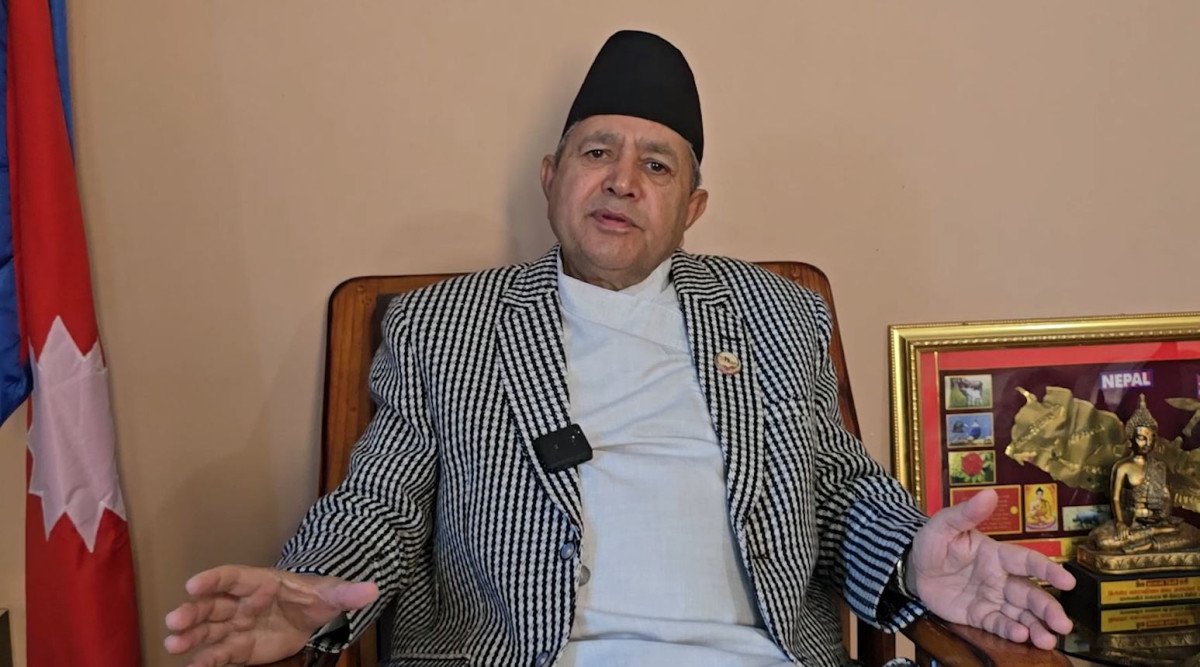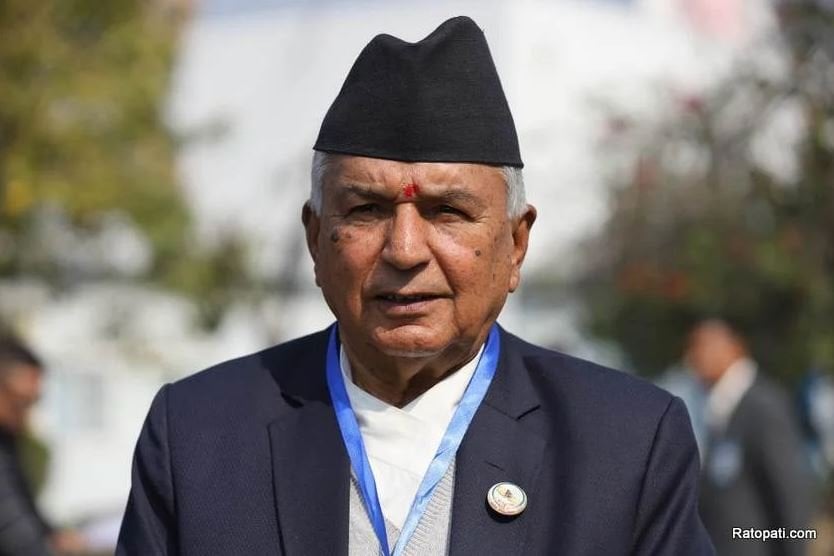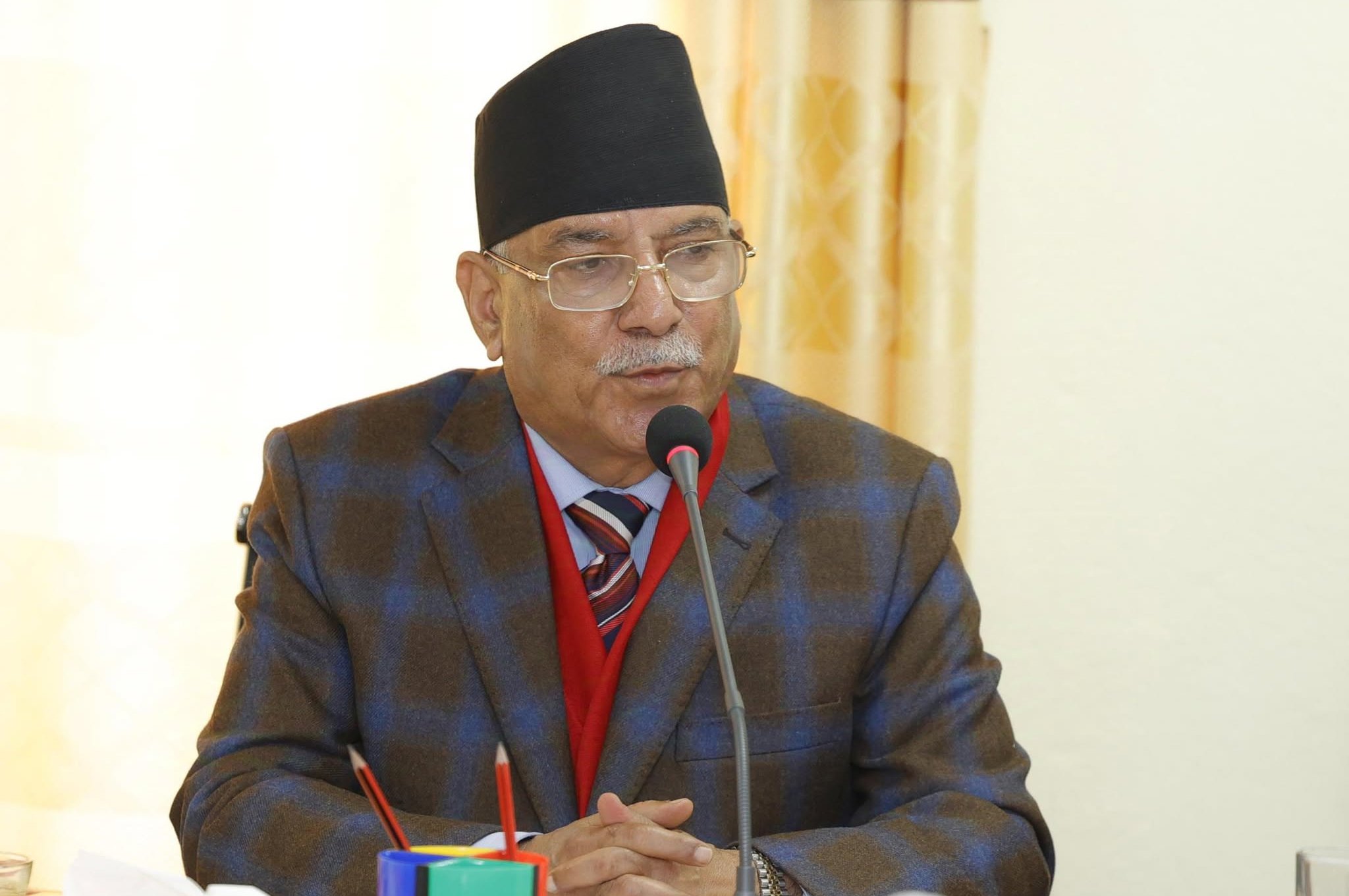Peak electricity demand of 1,602 MW on Lakshmi Puja day

Kathmandu, November 1 — This year, on the day of Lakshmi Puja during Tihar, the country recorded a peak electricity demand of 1,602 megawatts. This demand was registered on Thursday evening at 6:25 PM.
Last year, the peak demand on Lakshmi Puja day, which fell on November 12, was 1,438 megawatts. Compared to last year, this year’s peak demand is 164 megawatts higher. Since industries and factories are closed during Tihar, this peak demand reflects non-industrial consumption. The electricity needed for this peak demand was generated and supplied by domestic power plants.
In addition to meeting domestic demand, 253 megawatts of excess electricity was exported to India during peak hours. Last year, only 517 megawatts were exported during this time. This year, however, several power plants, including the Upper Tamakoshi and Kabeli Corridor transmission line, suffered production losses due to landslides, which has impacted electricity exports.
On Lakshmi Puja day, the total electricity demand in the system, including exports, reached 1,855 megawatts, down from last year’s peak demand of 1,955 megawatts. In the Kathmandu Valley, the peak demand recorded was 390 megawatts, compared to 366 megawatts last year.
State Minister for Energy, Water Resources and Irrigation Purna Bahadur Tamang, Secretary Suresh Acharya, and officials from the Nepal Electricity Authority (NEA) were present at the load management control room in Syuchatar to monitor electricity demand and supply on Lakshmi Puja day.
Executive Director Kulman Ghising stated that, unlike in the past when load-shedding was common, there is no such situation currently. He noted that eight years ago, electricity demand on Lakshmi Puja day was managed through imports, but now the country has reached a stage where internal production can cover demand and allow for exports. Ghising emphasized that if there hadn’t been damage from landslides, nearly 1,000 megawatts could have been exported this year.
He mentioned that with the end of load-shedding and extensive electrification, electricity demand in the country has been steadily increasing. The NEA began its pilot program to end load-shedding on Lakshmi Puja day in 2016, and after successful trials, the country was declared completely free of load-shedding in May 2018. Now, not only is the country free from load-shedding, but it is also exporting surplus electricity during the rainy season.
For managing electricity demand during Lakshmi Puja, the Kulekhani reservoir power plants have a total generation capacity of 106 megawatts, but the NEA only operated them at 62 megawatts during peak times. Other NEA-owned power plants contributed 62 megawatts, while auxiliary companies like Chilime generated 90 megawatts, and private sector plants produced 1,304 megawatts.
Similar to last year, the NEA successfully ensured uninterrupted electricity supply across the country on Lakshmi Puja day. The authority had kept the heads of distribution centers and technical staff ready to prevent any disruptions.









Leave Comment